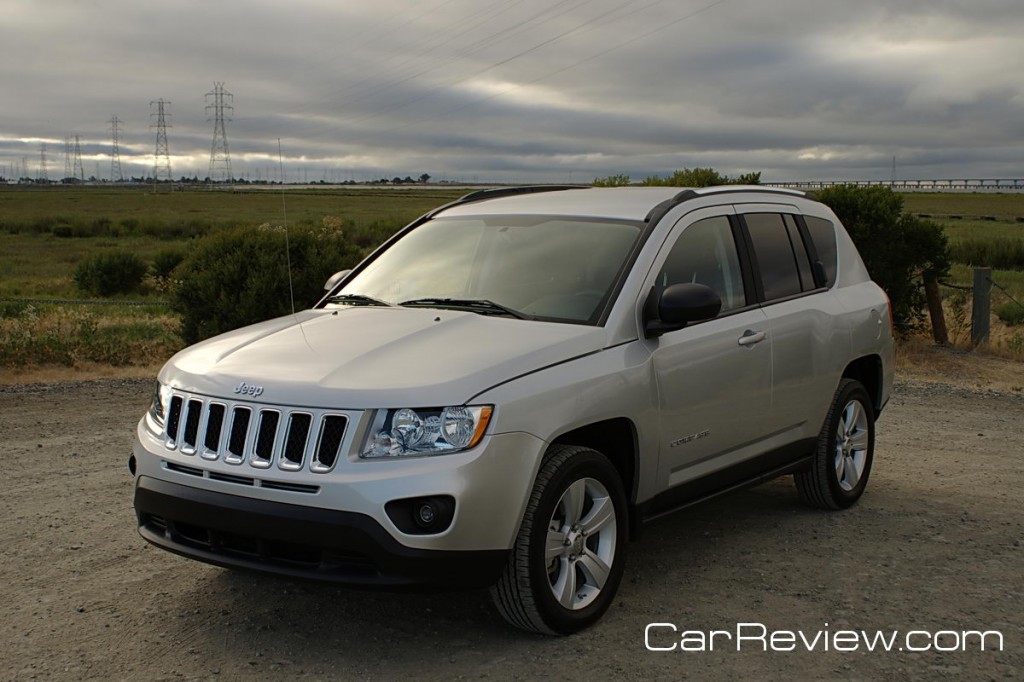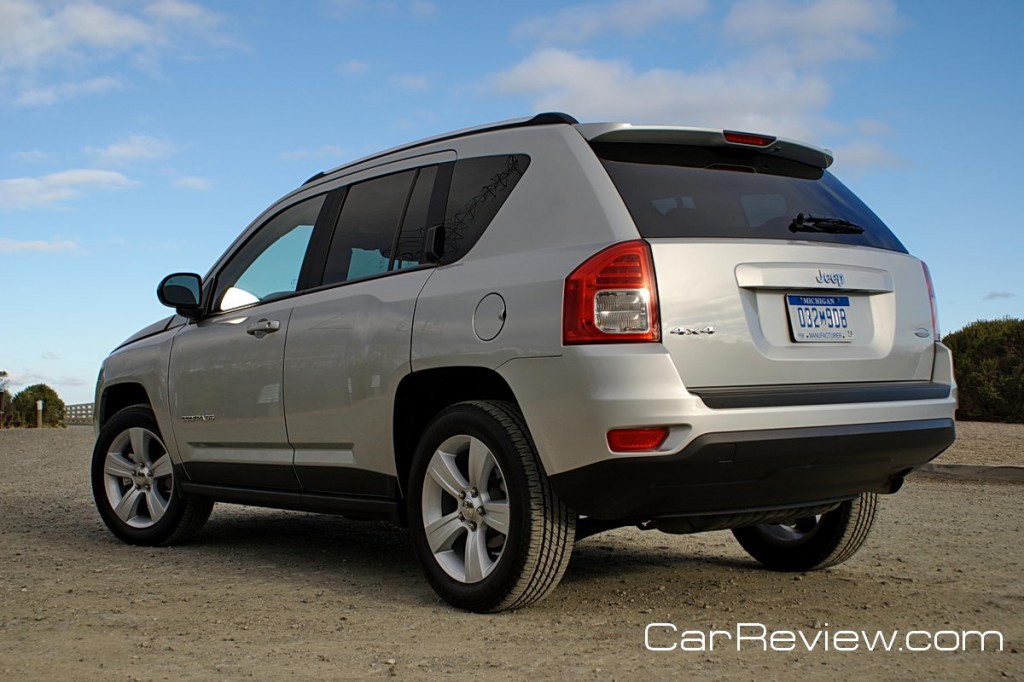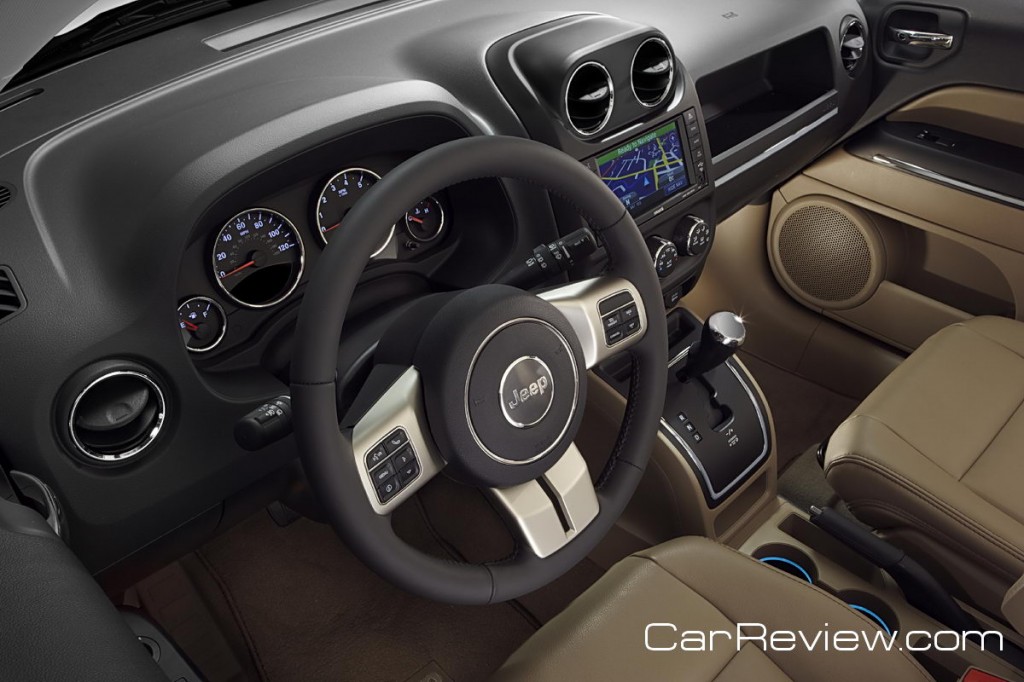
By Ming Tan
Pros
- Exterior styling – share some visual cues with the big brother Cherokee Series
- Roomy – the passengers get a decent amount of leg and shoulder room for long distance comfort, although some cargo room is sacrificed
- Heritage – shares the same Jeep off road bloodlines that began with the original Wrangler
- Relevance – the 2.4-liter I4 motor is efficient – 21 mpg city and 26mpg highway
Cons
- Small storage area for its class – 60.7 cubic feet vs. 73 cubic feet in the popular Toyota RAV4
- Sparse interior – hard plastics and a simple dash – some consider this a good thing, but on the Compass, it doesn’t look like an interior belonging to a $27k SUV
- Blind spot visibility – the rear c pillar design adds to the exterior aesthetic appeal, but hinders blind spot visibility
“Evolution of a Legendary Bloodline”
I’ve always liked trucks and SUV’s; to be more clear, rugged trucks and SUV’s. I’ve even had my eyes open for a rugged Jeep Wrangler sometime down the road. To me, that model is synonymous with Jeep and it embodies what is pure about the brand: its rugged and well-rounded capabilities.
I’ve owned a few SUV’s over the years, and have test driven a number; most recently, the new Mitsubishi Outlander Sport. The new Jeep Compass is similar in price, size, and value, so the timing was good to get some miles on this small SUV. I recognize that not everyone takes their SUV off road, so I evaluated the Compass from an image, value, and capability standpoint, given the compact SUV class that it belongs to. It seems to be a growing segment with worthy competitors, and the Jeep performed well overall, but not without a few issues.

Driving Impressions
Doing the initial walk around, the Compass looks sharp. It was given some of the same visual cues as the larger Grand Cherokees, and it also boasts aggressive fender flares. Nice touch for a compact SUV, where image always has meaning. The trademark front grill makes no mistake in screaming Jeep.
After taking a seat behind the wheel, the cockpit felt comfortable. The optional height adjustable driver seat, albeit slightly flat and less supportive for my taste, placed me in a good driving position. The leather wrapped steering wheel diameter felt right, along with the thickness of the wheel.
The disappointments inside were the cheap feel of the shifter movement and the hardness of the dash. I prefer a shifter to have a little weight to it when shifting from gear to gear. In the Compass, it had a light feel which made it feel flimsy. It did not inspire confidence as a rugged compact SUV should. The Compass and the Outlander both have their share of hard plastics, but the dash layout in the Jeep was even more sparsely laid out, almost highlighting the lack of features and amenities.

Jeep’s 2.4-liter inline 4 cylinder motor with dual variable valve timing and double overhead cams felt quiet and smooth. This is one of Jeep’s smaller motors, but they say it boasts some high tech features. The end result is a very efficient motor providing very good fuel economy, which is definitely competitive in its class. Additional features such as the forged cranks and rods, and an aluminum block, indicate that Jeep was not skimping on the construction of the motor.
Our test SUV came equipped with the optional five-speed CVT2 transmission with the AutoStick feature, which allows for manual shifting through the gears. This is not a dual-clutch system, but the AutoStick feature provides a more aggressive way to drive the car as the driver can control the shift points (within the computer’s safety parameters).


Pingback: Jeep Grand Cherokee